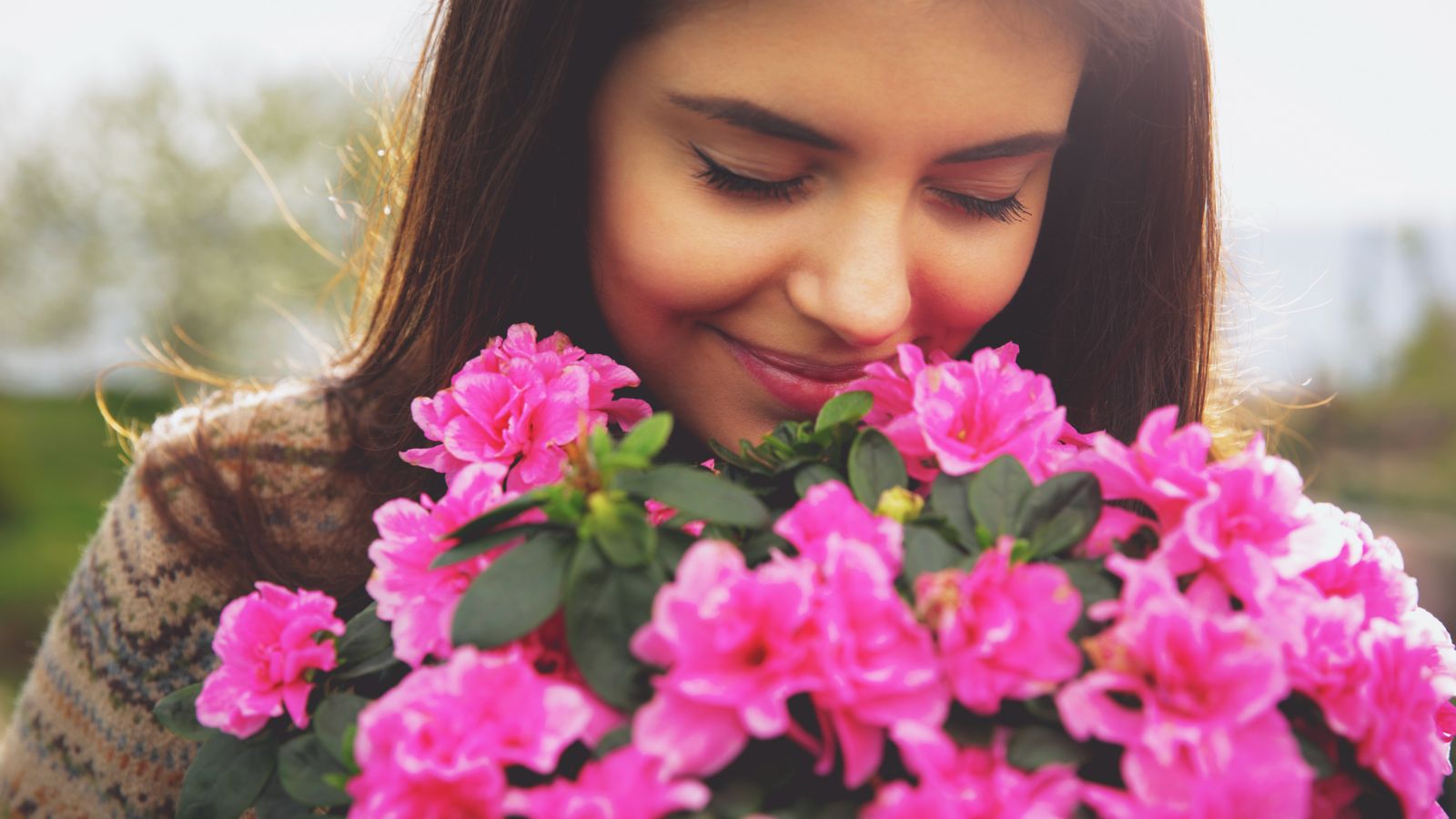How often have you started a garden just to watch your hard work die off as quickly as you planted it? Not everyone is a great plant parent, especially with difficult plants. Thankfully, there is still hope for your green thumb dreams with these flowers that don’t seem to ever die!
Coneflower (Echinacea)
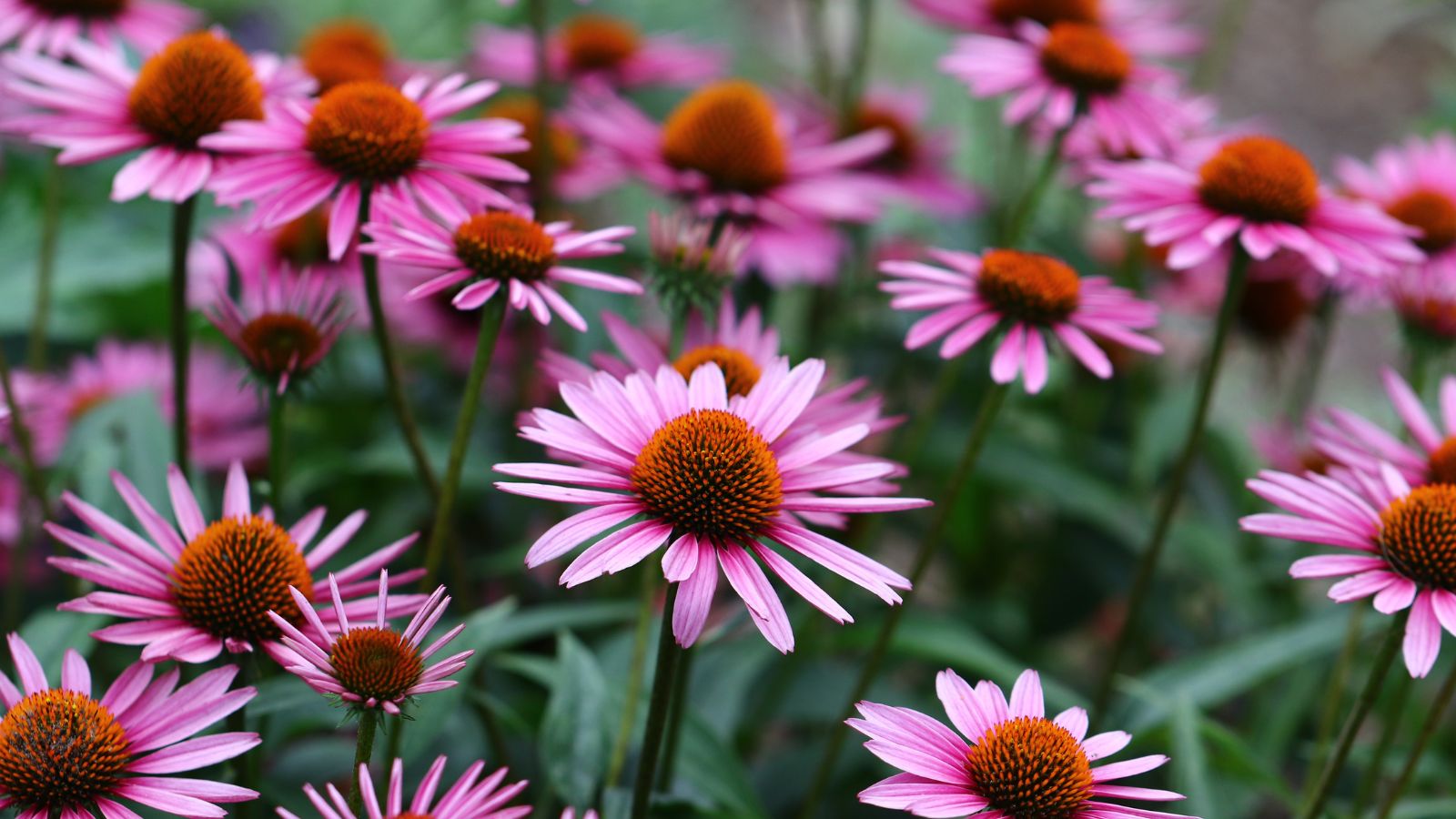
The coneflower is the low-maintenance star of nature-friendly gardens, says Birds&Blooms. These resilient flowers are known to attract birds, bees, and butterflies. They need well-drained soil but can flourish in full sun and partial shade. Coneflowers are also popular for their medicinal properties, as the roots and leaves are often used in herbal remedies.
Cosmos (Cosmos bipinnatus)
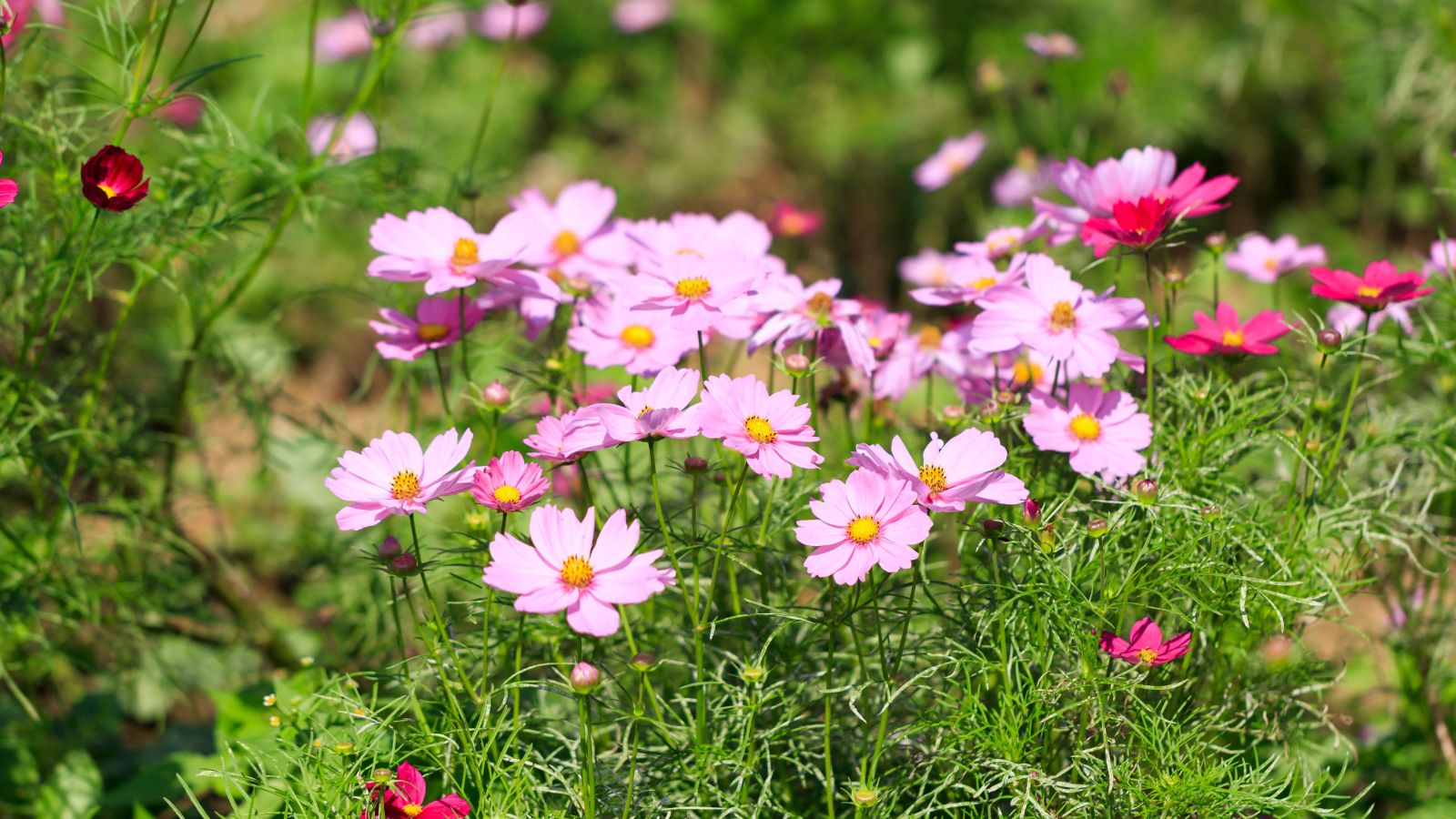
Cosmos are annuals that can reach up to six feet in height and bloom from summer to the arrival of frost. They prefer sunny gardens, are easy to grow from seed, and have the useful ability to reseed themselves. Their vibrant color and height make them stand out in any garden and they are a favorite among bees and butterflies.
Yucca (Yucca filamentosa)
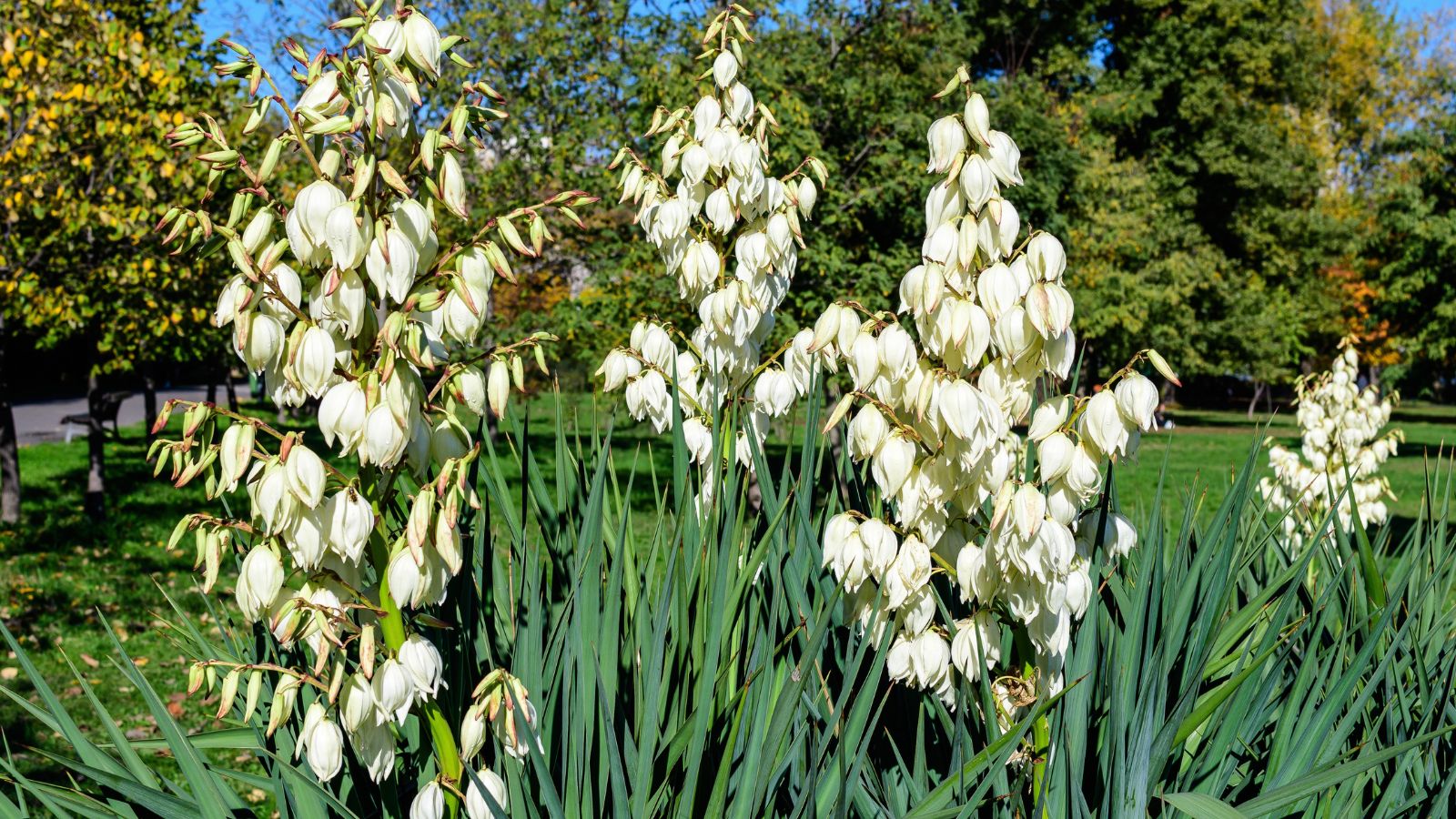
Yucca plants are the epitome of drought tolerance, making them a great option for those looking for a low-maintenance option. These resilient plants feature striking white flowers and spiky leaves, making them popular for southern gardens. Yuccas have attractive foliage and flowers, with some varieties like ‘variegata’ having blue-green leaves with white edges.
Marigold (Tagetes)
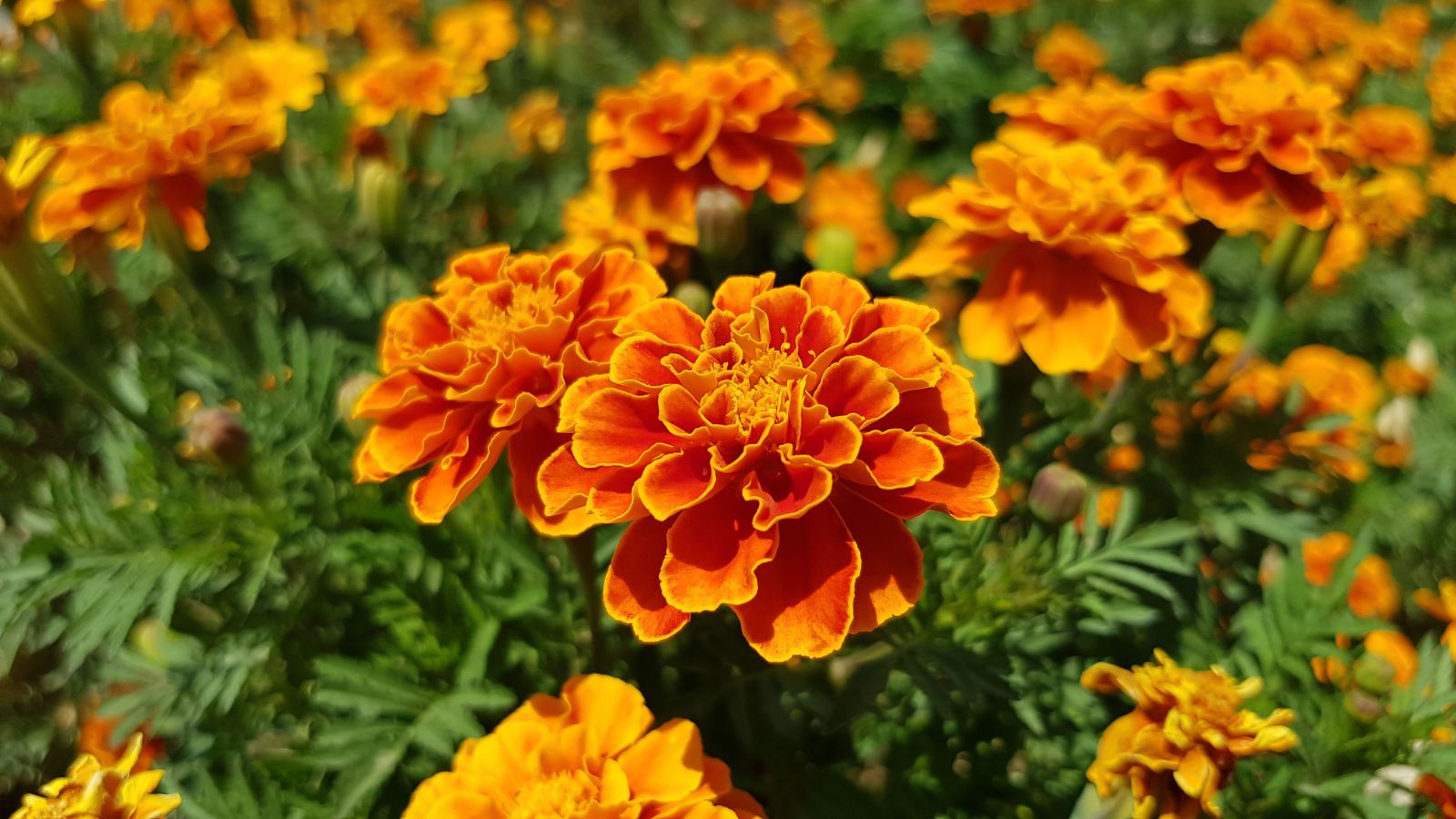
Marigolds are another flower that can withstand harsh conditions. They are often used as a natural pest deterrent in gardens due to their pungent scent. Marigolds are easy to grow and can thrive in poor soil, requiring minimal care. According to the University of Minnesota, their bright orange and yellow blooms are a staple in summer gardens and can even be used as a natural pest repellent.
Wax Begonia
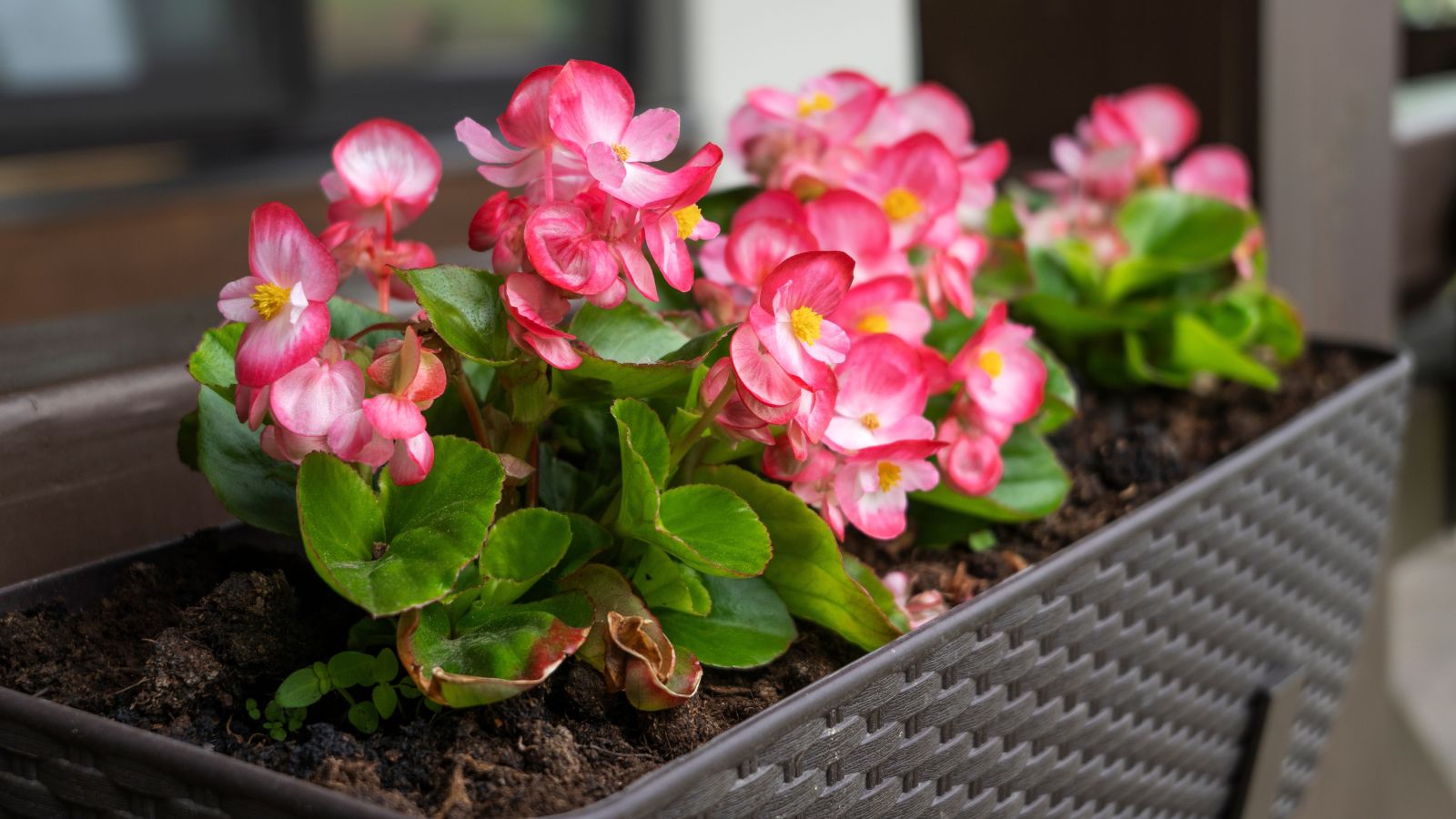
Wax begonias are versatile plants that bloom in pink, red, and white. They can survive in various light conditions, such as partial sun or shade, but keep them out of full sunlight. These adaptable plants are perfect for front door areas, as they brighten up the space with their colorful appearance.
Sunflower (Helianthus)
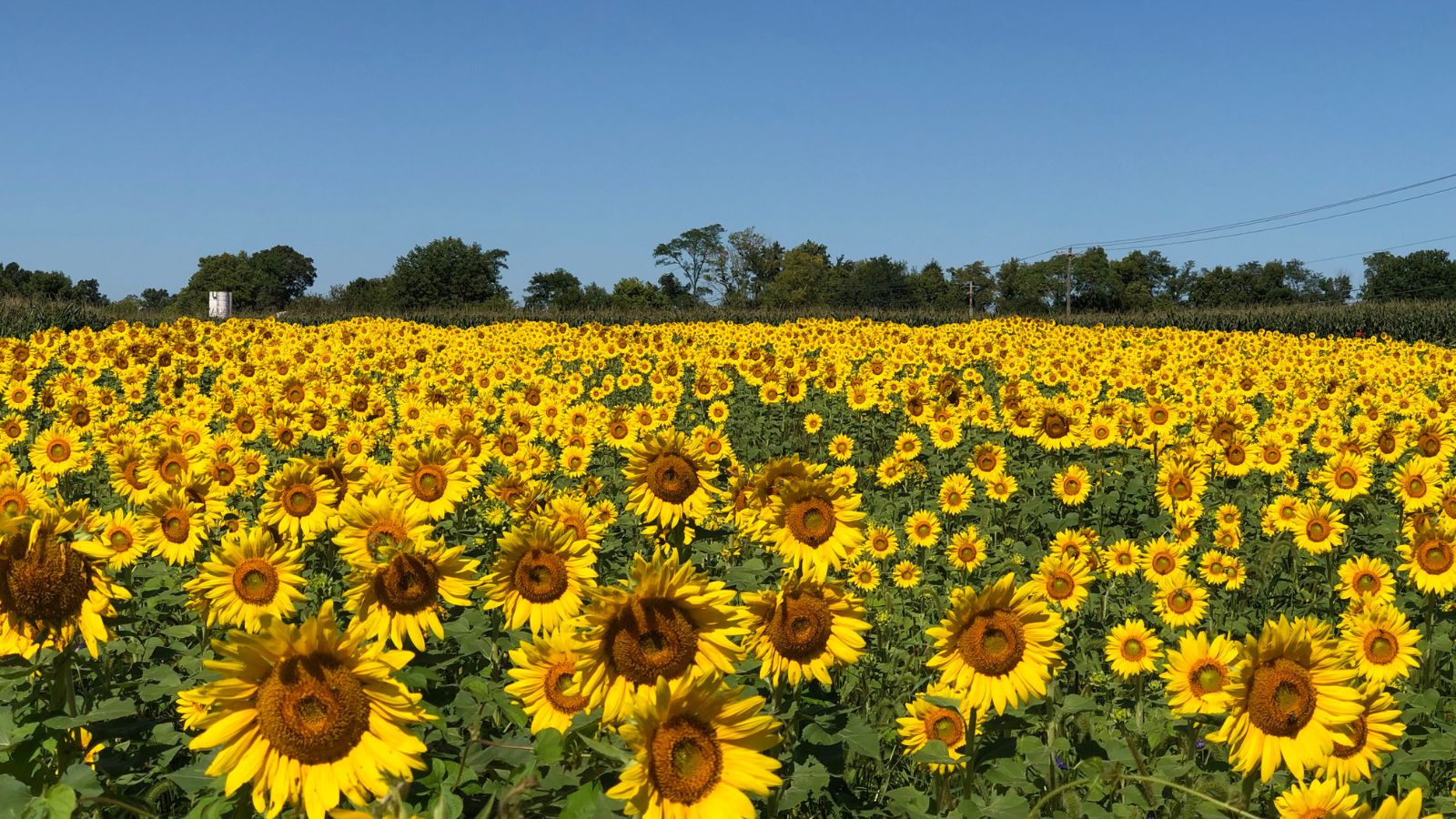
Sunflowers are not only known for their iconic, sunny appearance but also their robust nature. They can grow in different soil types and are drought-resistant once established. Sunflowers can reach impressive heights, and their seeds are a valuable food source for wildlife. The seeds are also popular for humans, as they are rich in oil and nutrients.
Hosta
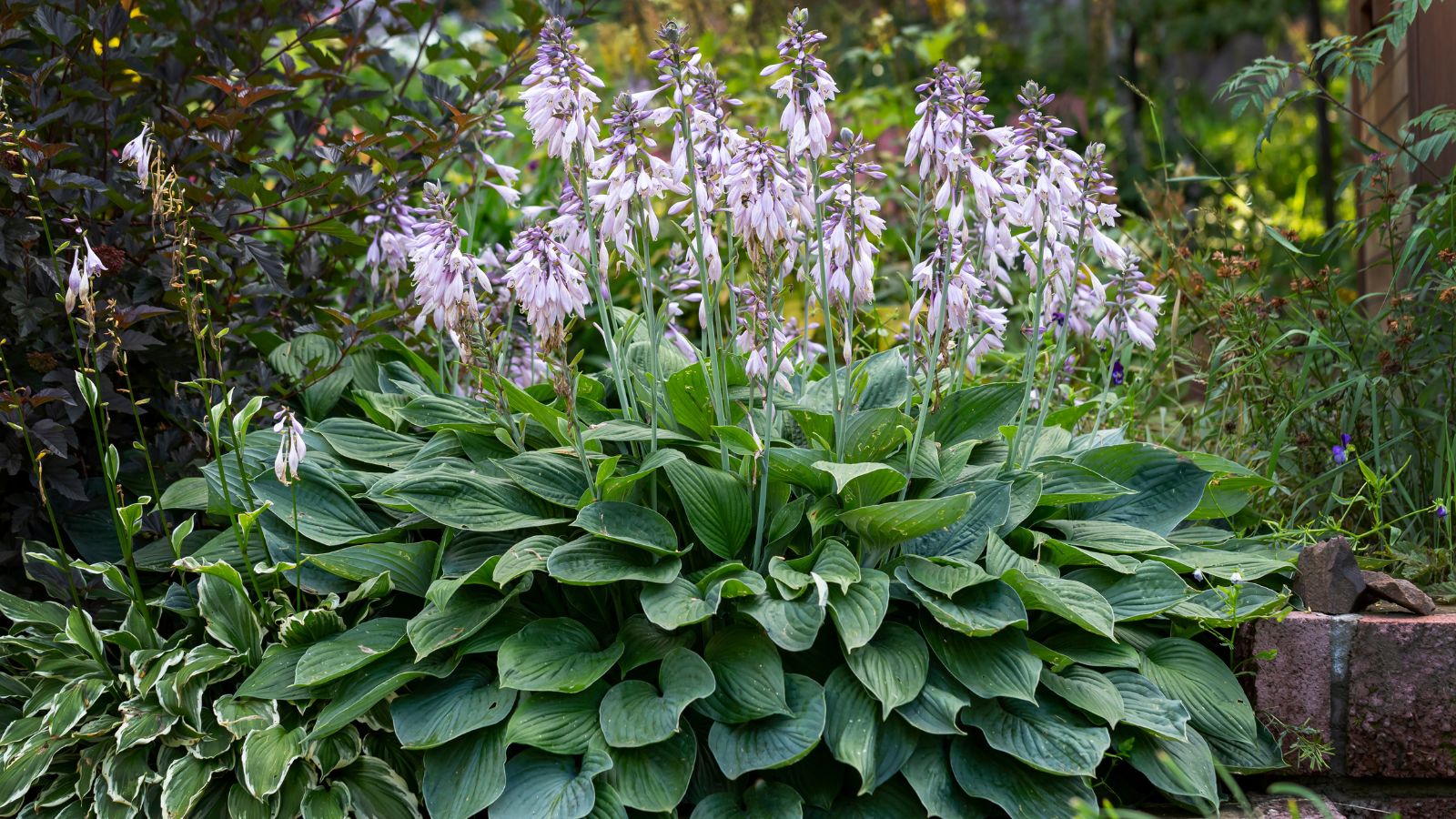
Hostas are the ultimate low-care plant. They are known for their lush foliage and ability to be easily divided. They bloom in summer in shades of purple, white, or lavender and can range in size from four inches to three feet in height. Hostas prefer moist soil but take care not to overwater them.
Dandelion (Taraxacum)
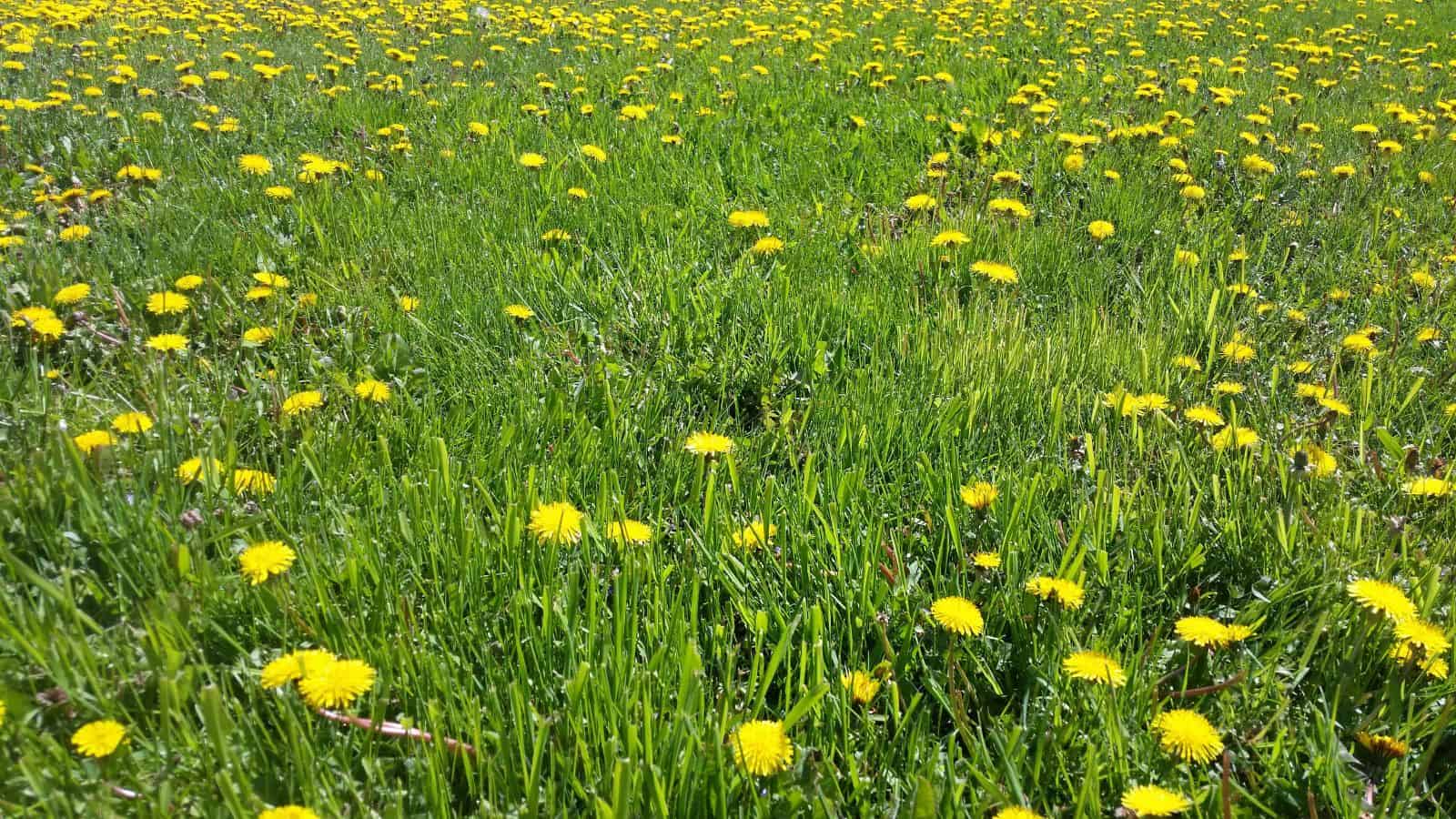
Often considered a weed, dandelions are incredibly resilient and can grow in almost any soil type. They are known for their nutritional value, with leaves rich in vitamins A and C. Dandelions are also used in traditional medicines and can be made into wine. Their ability to thrive in difficult conditions makes them one of those plants that can survive almost anything!
Zinnia (Zinnia elegans)

Zinnias are a gardener’s favorite due to their low-maintenance nature, resulting from a high tolerance for heat and drought. They come in a wide range of vibrant colors and can bloom all summer long. Almanac mentions how zinnias are excellent for attracting pollinators like butterflies and look beautiful in cut flower arrangements.
Geranium (Pelargonium)
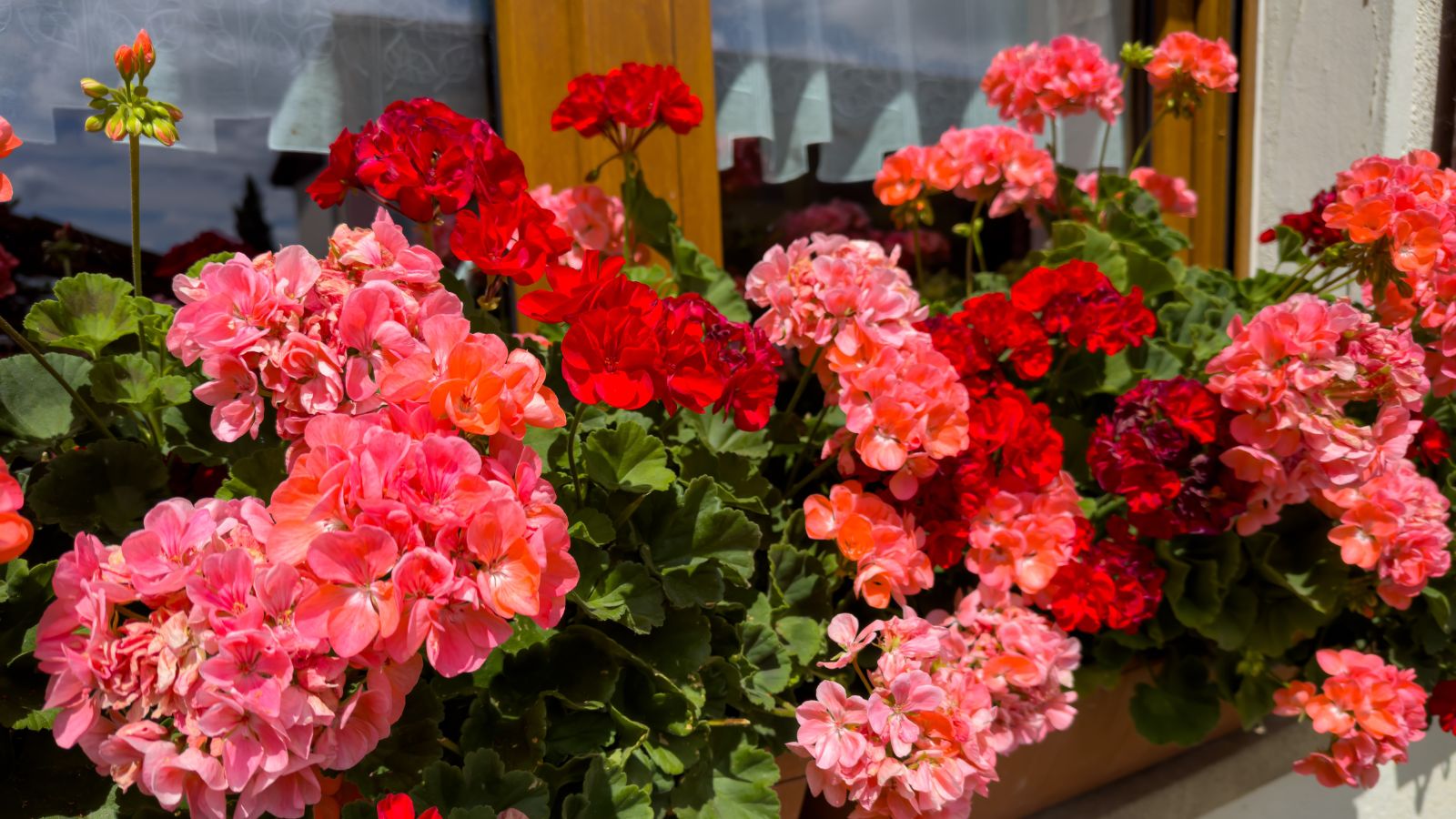
Geraniums are famous for their bright blooms and ability to grow in various conditions, including dry and coastal regions. They are often used in container gardening and can be overwintered indoors in cooler climates. Geraniums are also known for their fragrant leaves, which can have a lemon, rose, or mint scent.
Lavender (Lavandula)
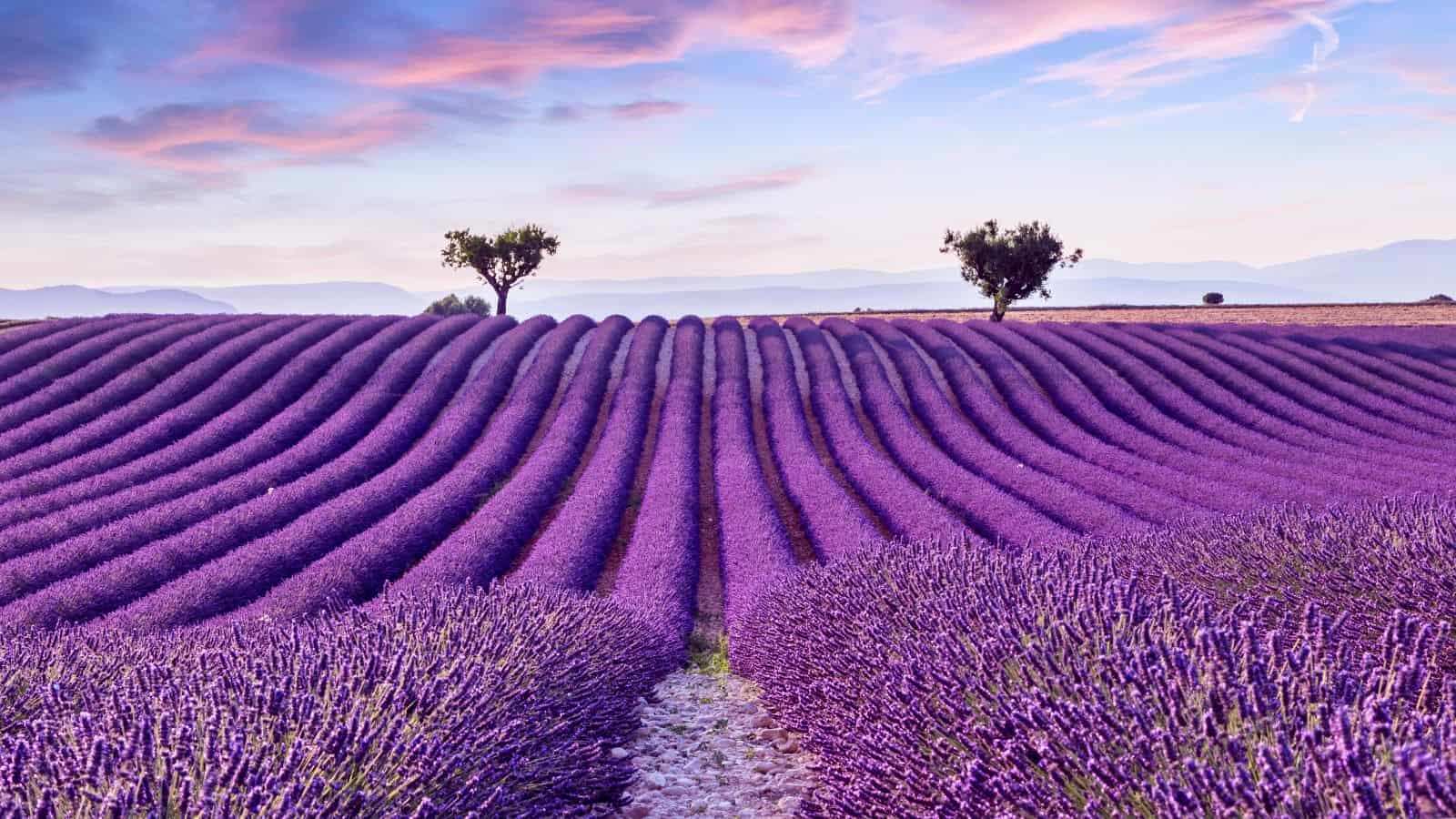
Lavender is not only cherished for its fragrance but also for its resilience. It thrives in well-drained soil and full sun, and once established, it is highly drought-tolerant. Lavender is often used in aromatherapy and has a calming effect. It’s also a favorite among bees and butterflies, making it an excellent choice for a pollinator garden.
Daylily (Hemerocallis)
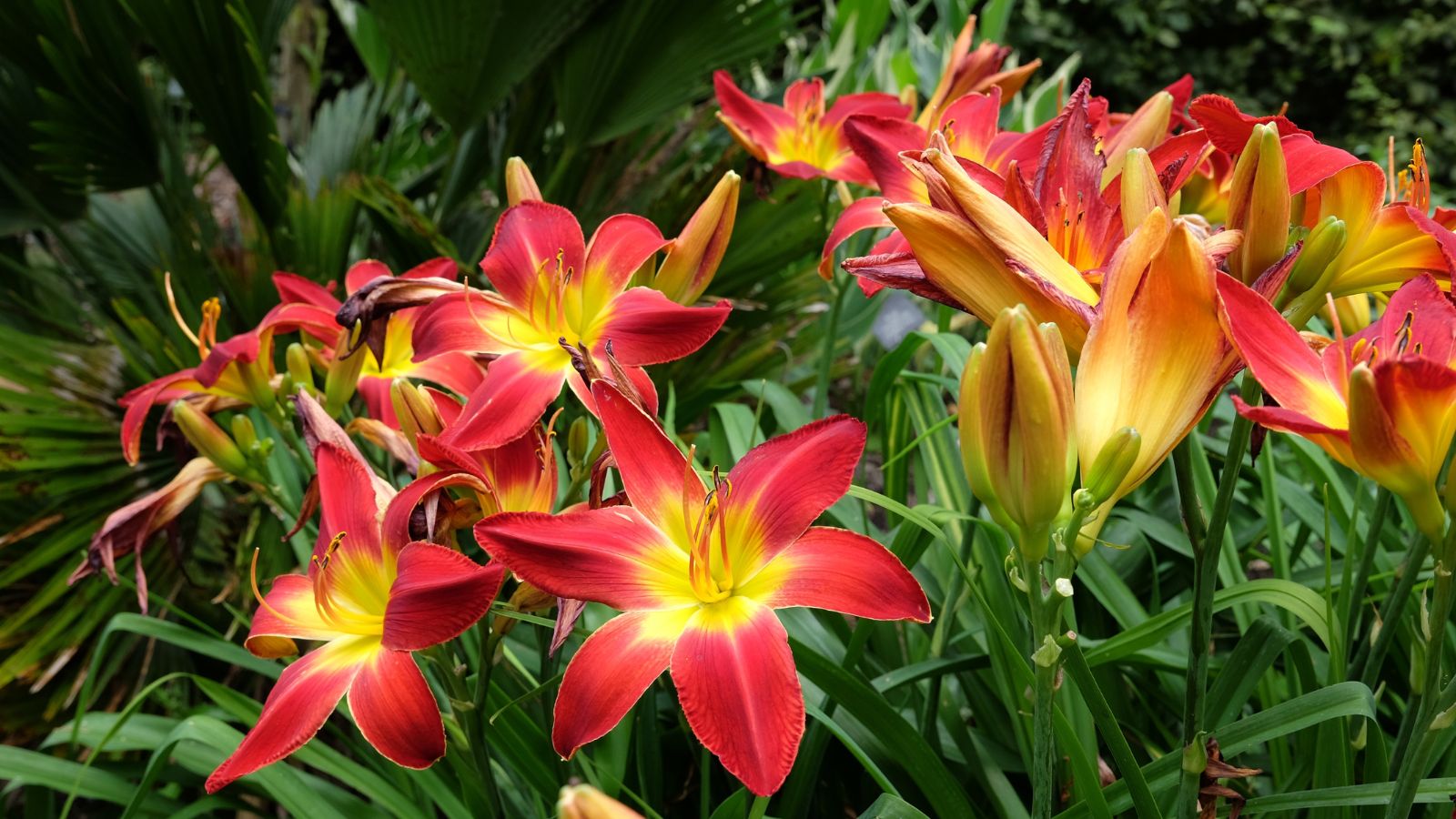
Daylilies are one of the most carefree perennials. They can grow in various conditions, from full sun to partial shade, and are not fussy about soil type. Daylilies are known for their trumpet-shaped blooms and can flower in almost every color imaginable. They are also edible, with certain varieties used in Asian cuisines.
Sedum (Sedum spp.)

Sedums, or stonecrops, are succulent plants that are extremely drought- and heat-tolerant. They come in various forms and sizes, from groundcovers to upright plants. Sedums have fleshy leaves that store water, making them perfect for xeriscaping. Their star-shaped flowers blooming in late summer are a favorite for pollinators.
Russian Sage (Perovskia atriplicifolia)
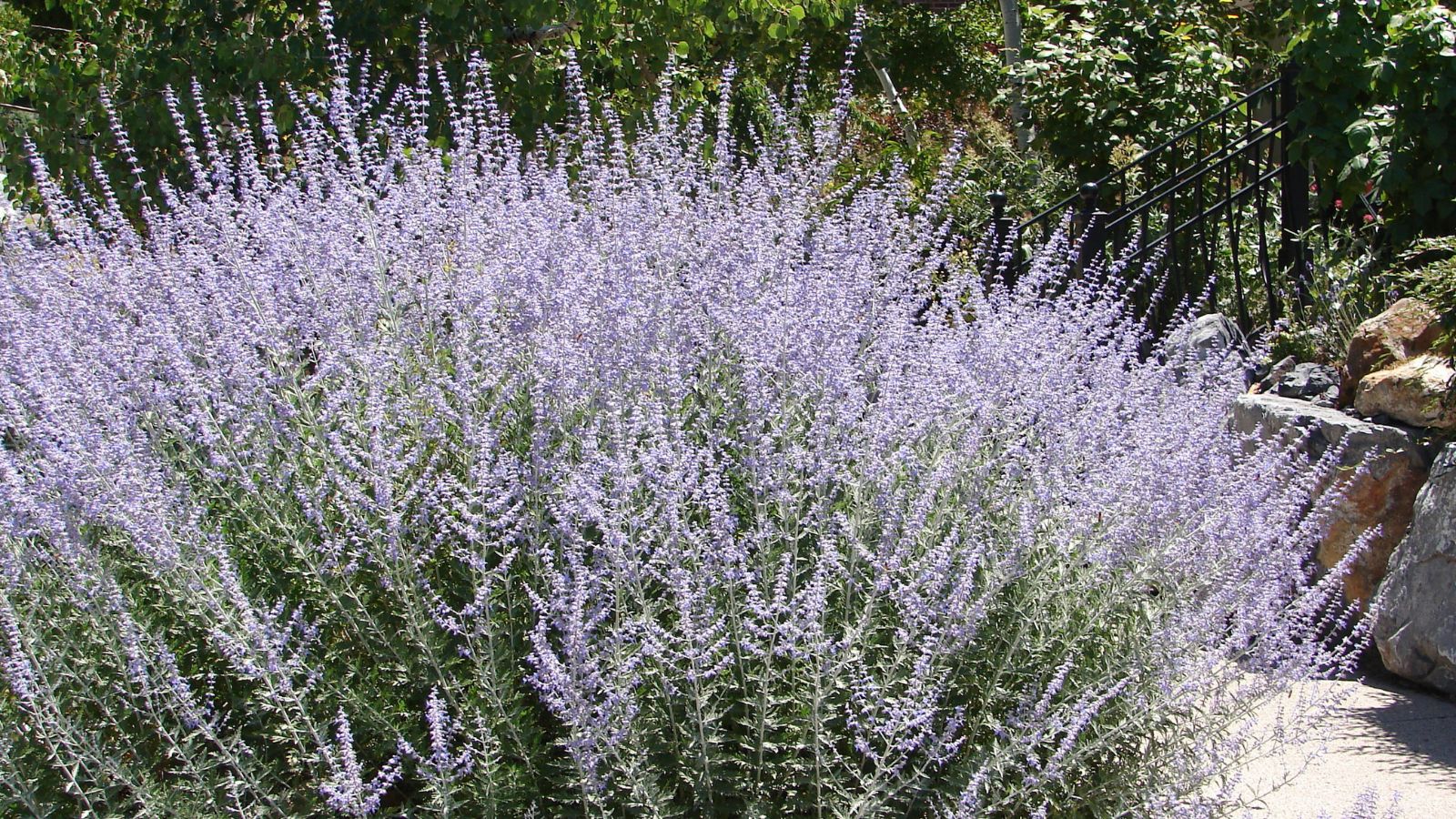
Russian Sage is a hardy perennial that can withstand drought and poor soil conditions. It features silvery foliage and lavender-blue flowers that bloom throughout the summer. Russian Sage is also deer-resistant and has a fragrant scent that deters pests. It’s a great choice if you are looking to add a touch of color to your low-maintenance garden.
Creeping Thyme (Thymus serpyllum)
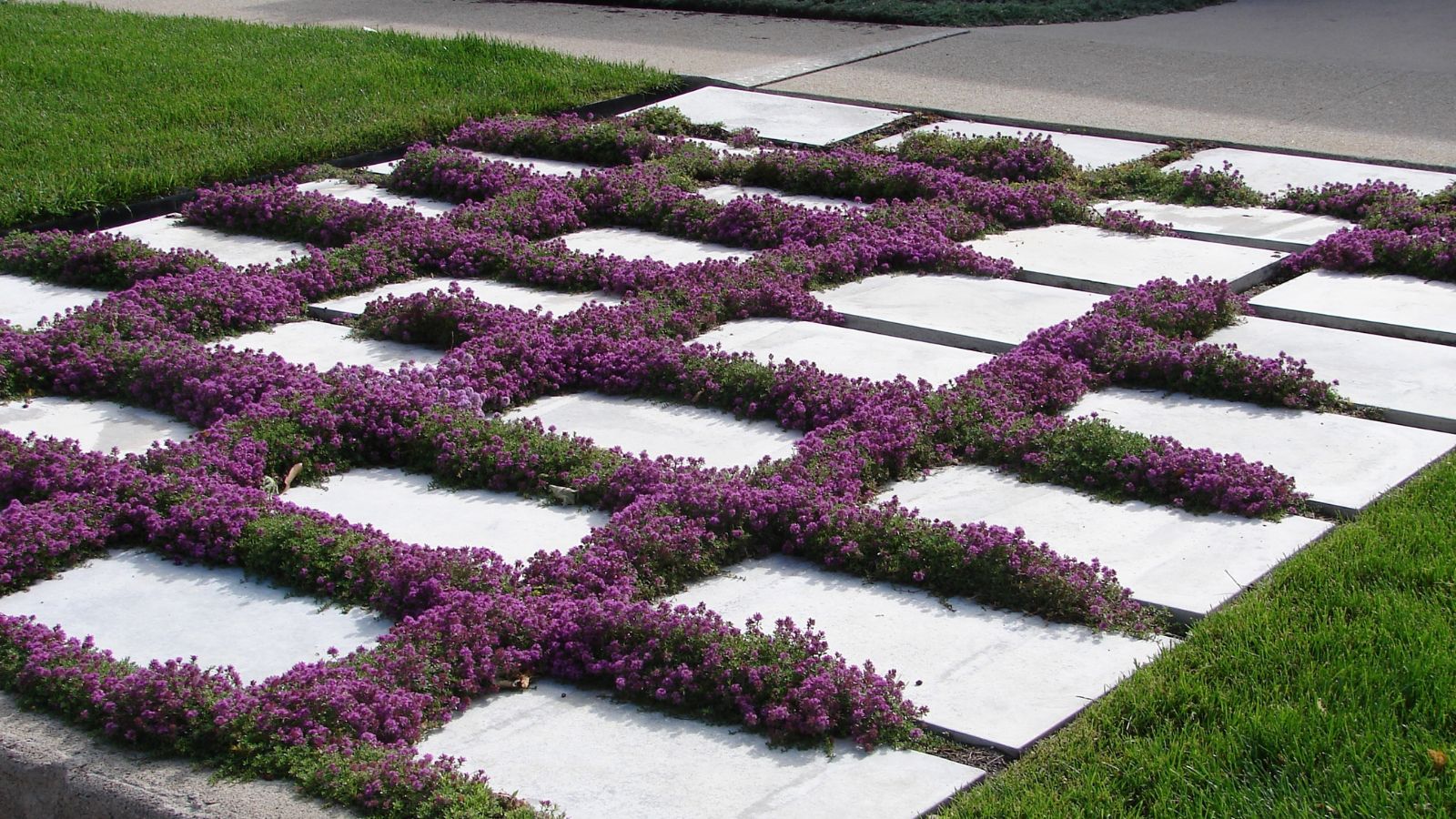
Creeping thyme is a groundcover that can survive disruption from humans and drought. It’s often used between stepping stones or as an alternative to a grassy lawn. Creeping thyme blooms with tiny, fragrant flowers and is also used as a herb for cooking. It grows low to the ground, spreading quickly, and does not need much care once established.
Alyssum (Lobularia maritima)
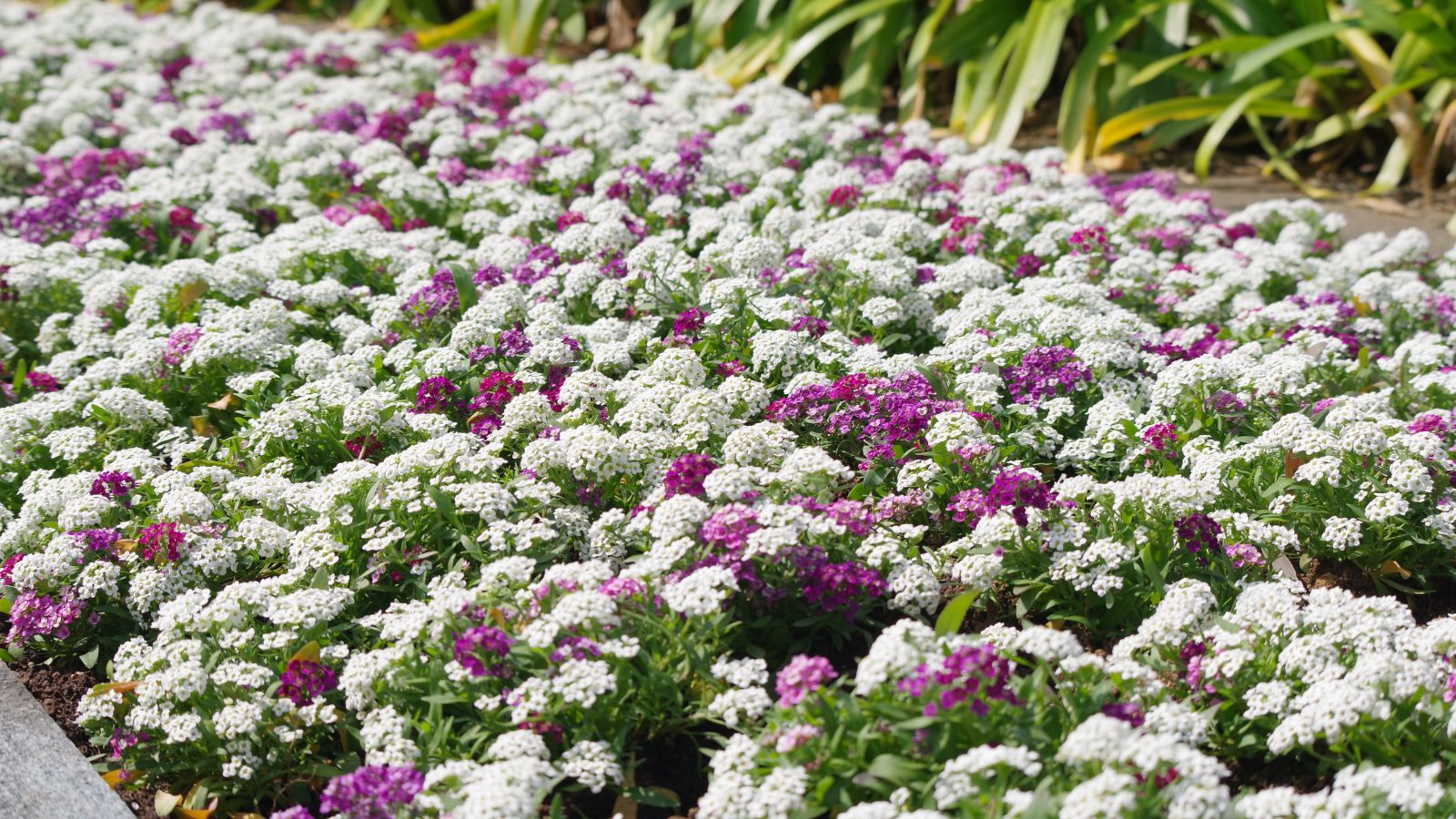
Alyssum is a charming groundcover known for its sweet fragrance and ability to attract beneficial insects. It can tolerate harsh conditions, such as drought, and can grow in poor soil. Alyssum’s tiny white, pink, or purple flowers create a carpet of color and are often used as a border plant or to brighten rock gardens.
Petunia (Petunia spp.)

Petunias are popular annuals that can handle various weather conditions, from heat to rain. They come in many colors and patterns and bloom from spring until frost. Petunias are perfect for hanging baskets, containers, or as a colorful groundcover. They don’t need much care and can be deadheaded to allow more blooms.
Mint (Mentha spp.)
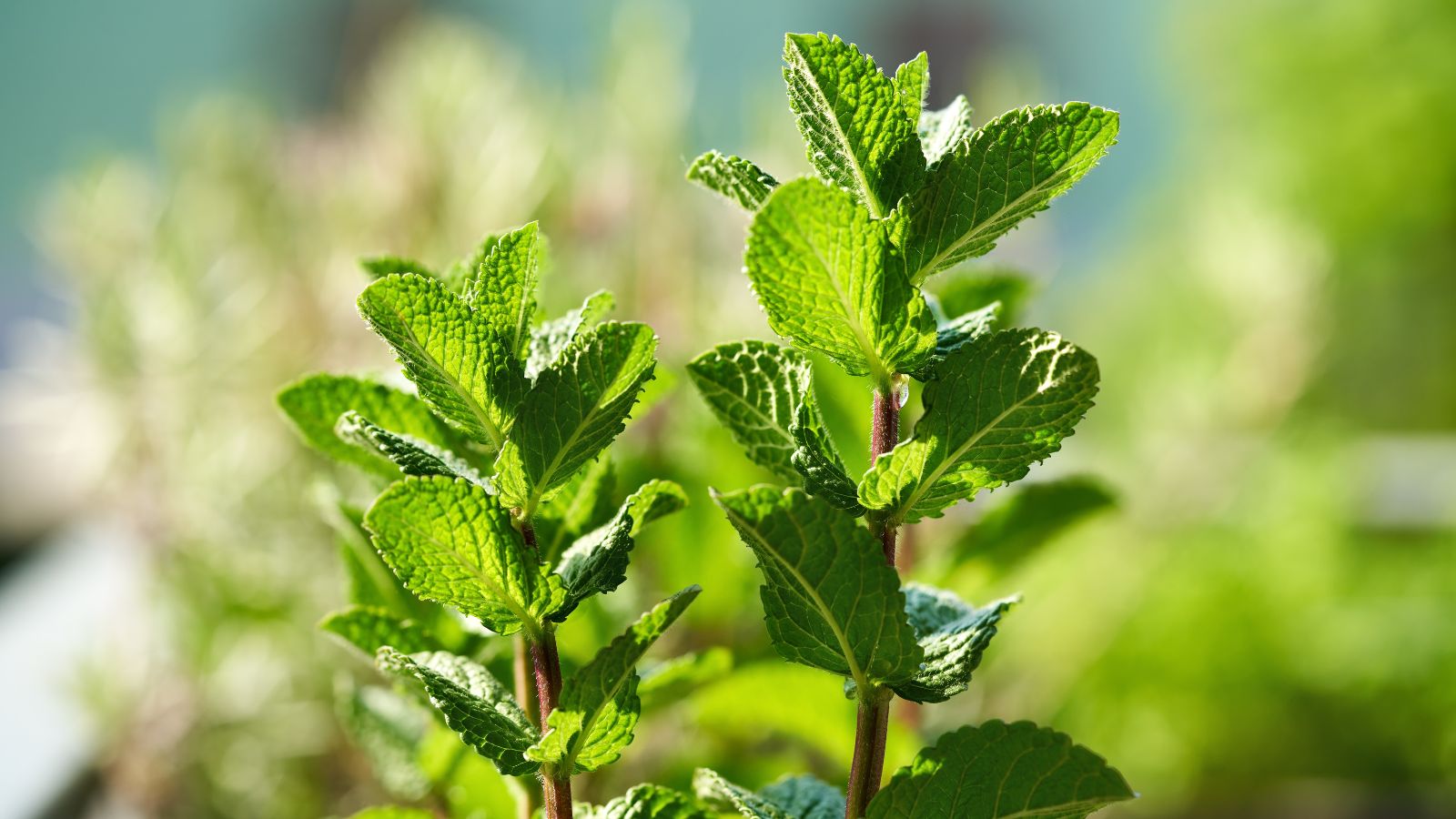
Mint is a vigorous herb that can grow in partial shade and moist soil. It’s known for its invasiveness, so growing mint in containers is often recommended. Mint is not only used in culinary dishes and teas but also has medicinal properties.
Black-Eyed Susan (Rudbeckia hirta)
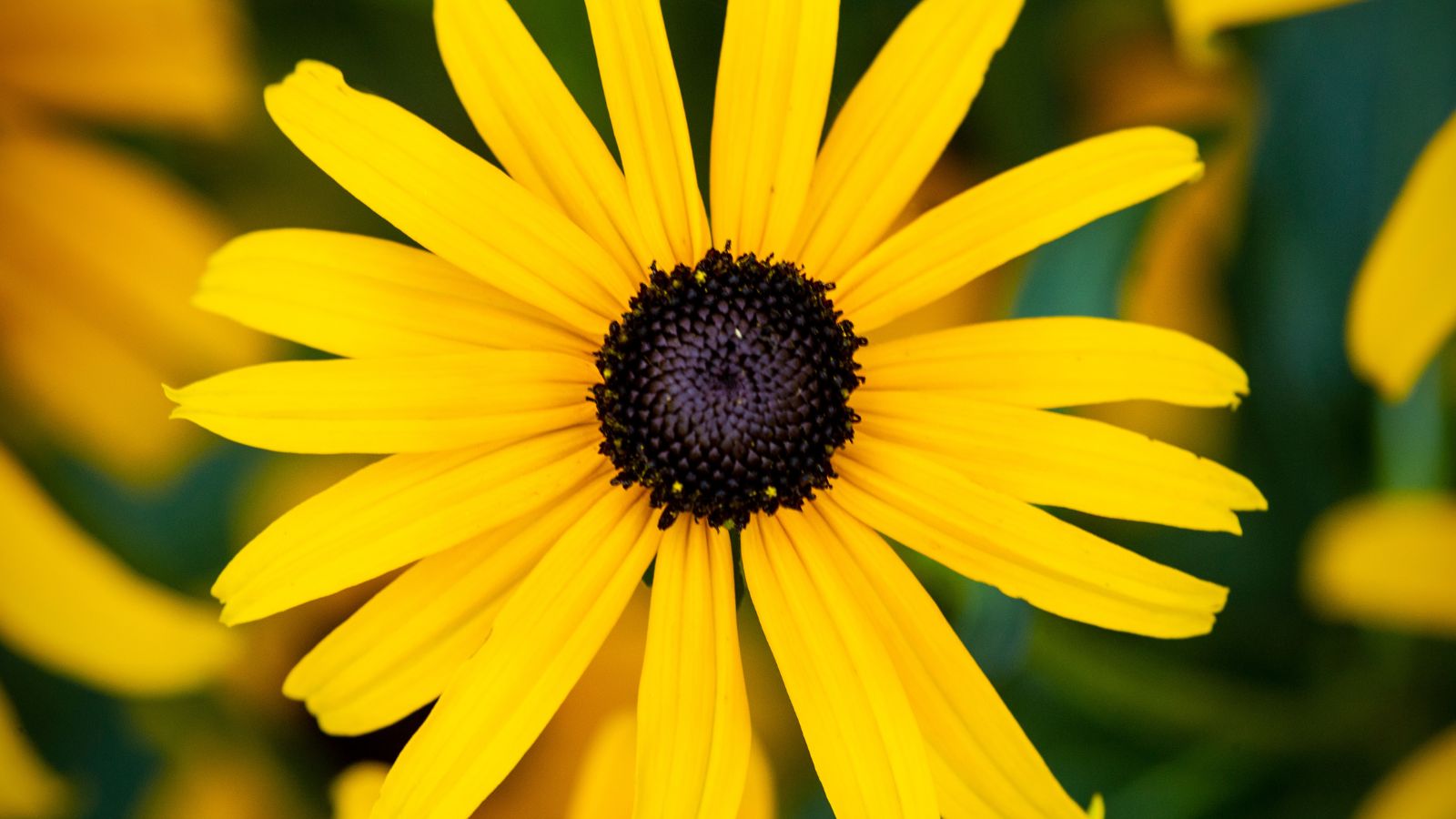
Black-Eyed Susans are native wildflowers that can thrive in poor soil and tolerate drought. Martha Stewart says, “Black-eyed Susans are a popular variety of flower thanks to their hardy nature.” They have a long blooming season and their bright yellow flowers with a dark center are a classic in summer gardens. Black-Eyed Susans are also great for attracting butterflies and other pollinators.
Shasta Daisy (Leucanthemum x superbum)
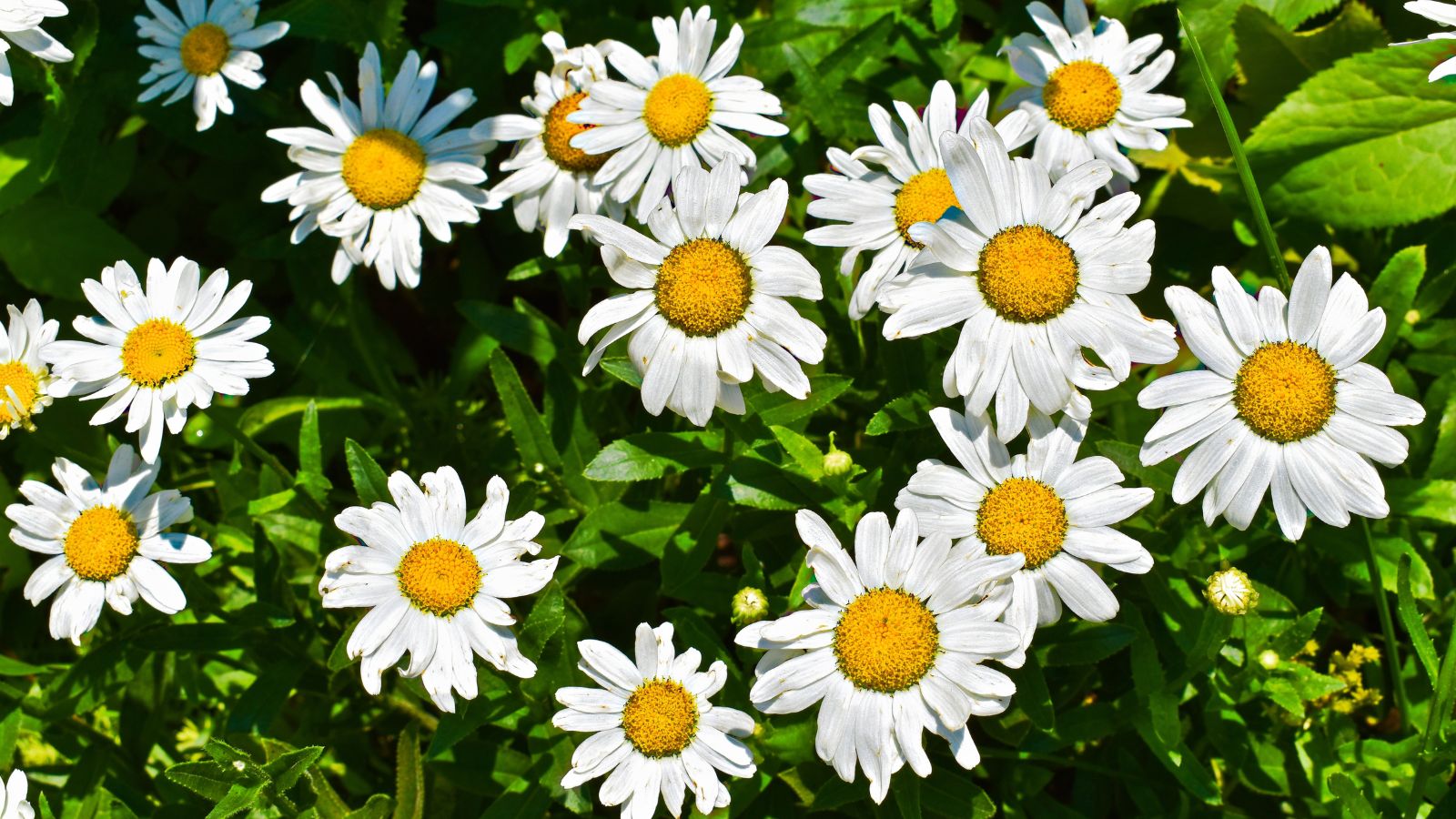
Shasta daisies are perennials that can grow in full sun to partial shade. They have classic white petals with a yellow center and are known for their long blooming period. Shasta daisies are easy to care for and make excellent cut flowers for bouquets.
Up Next: 18 Worrying Facts About Life in Medieval Times

Photo credit: Tanja_G/Shutterstock[/caption]
The Middle Ages, also known as the medieval period, lasted from 500 AD to 1500 AD and is usually subdivided into the Early, High, and Late Middle Ages. Life in the medieval period was often brutal, with gruesome punishments, wars, and plagues. Here are 18 terrifying facts about life in the medieval period. 18 Worrying Facts About Life in Medieval Times
19 Easy Ways to Fall Back Asleep After Waking Up in the Middle of the Night

Photo Credit: Ground Picture/Shutterstock[/caption]
We’ve all been there—it’s dark, quiet, and you’re tired, but you’re still constantly tossing and turning, only to finally fall asleep minutes before the alarm goes off! Waking up throughout the night isn’t just frustrating; it also seriously impacts your energy levels. This article focuses on 19 scientifically proven methods that may help you drift back off more easily. 19 Easy Ways to Fall Back Asleep After Waking Up in the Middle of the Night
17 Things That Are Too Woke For Boomers

Photo Credit: Andrii Iemelianenko/Shutterstock[/caption]
Our society is so different from what it was decades ago, and boomers don’t like much of what everyone considers normal in today’s society. In this light, here are 17 things about ‘woke culture’ that particularly make boomers uncomfortable. 17 THINGS THAT ARE TOO WOKE FOR BOOMERS

